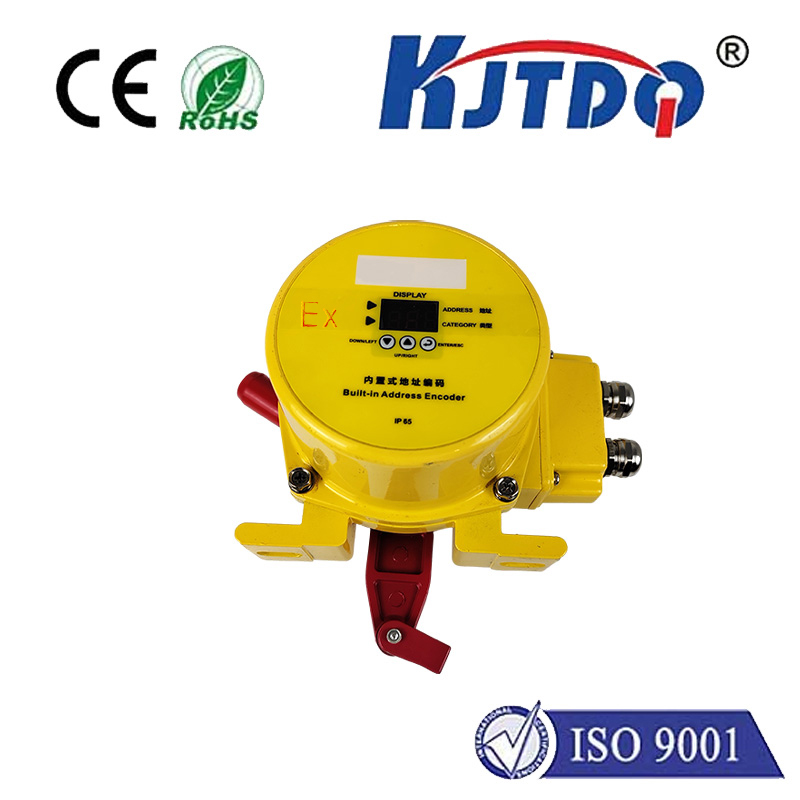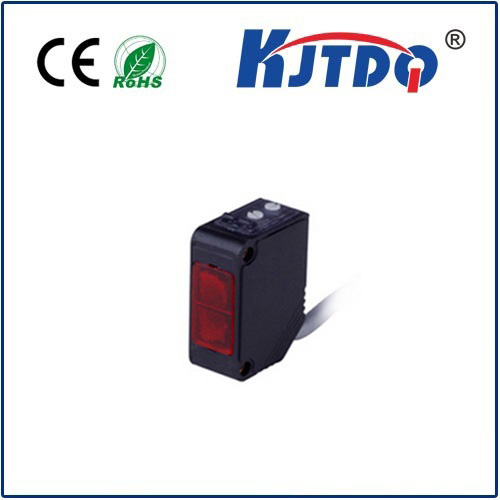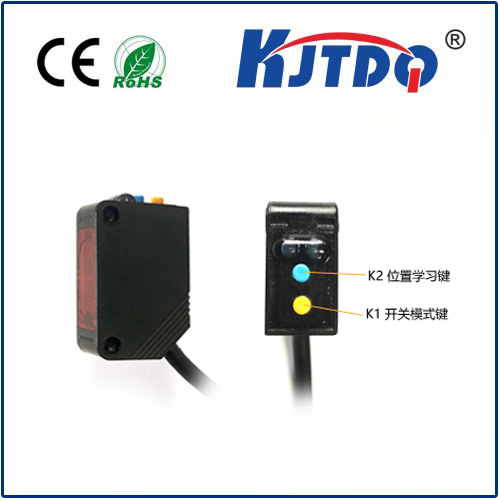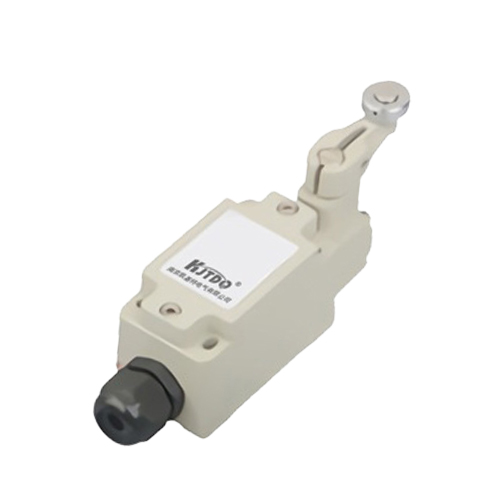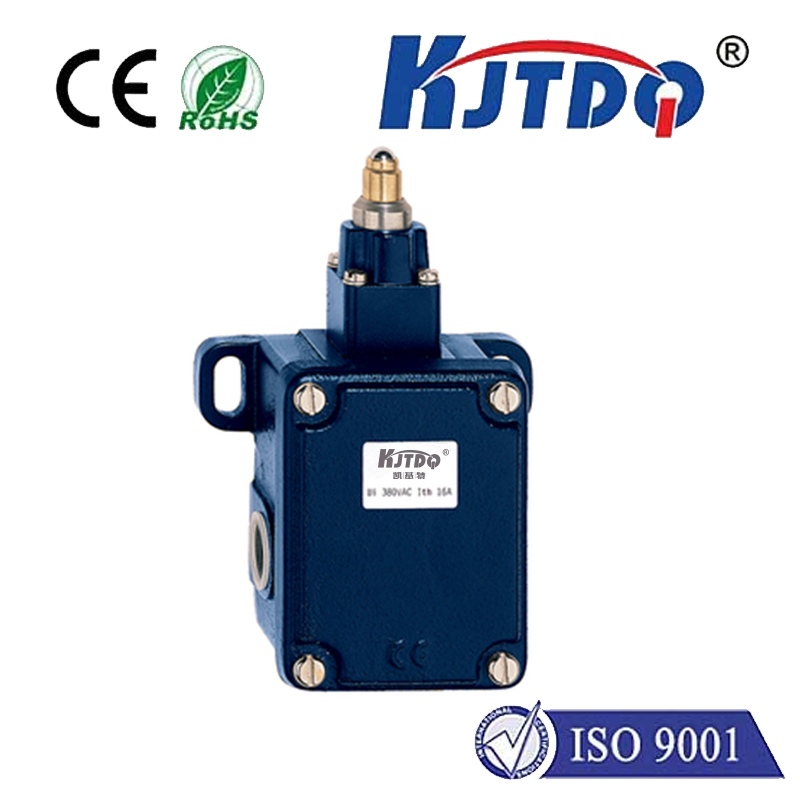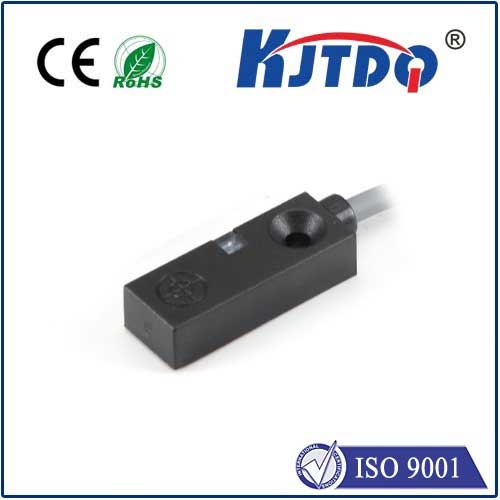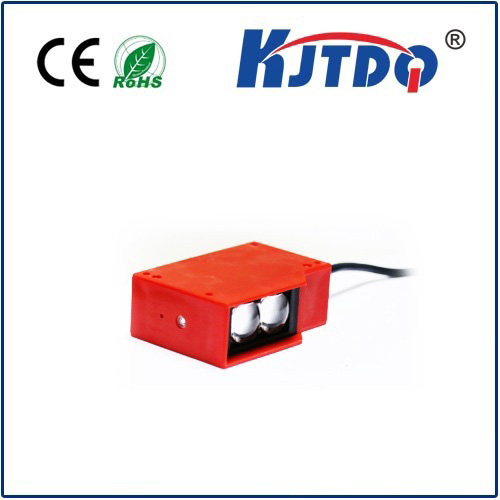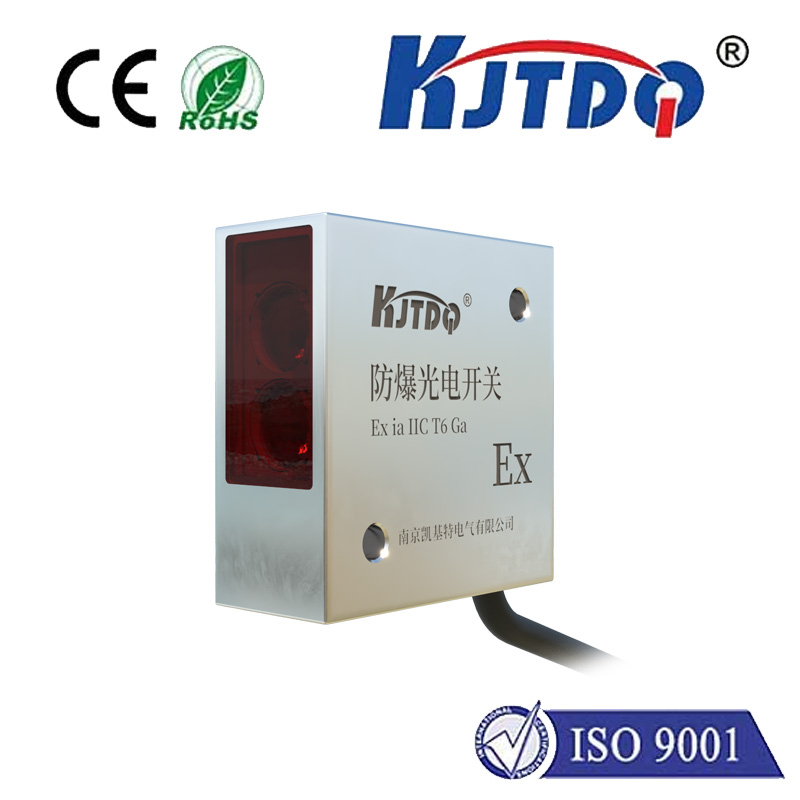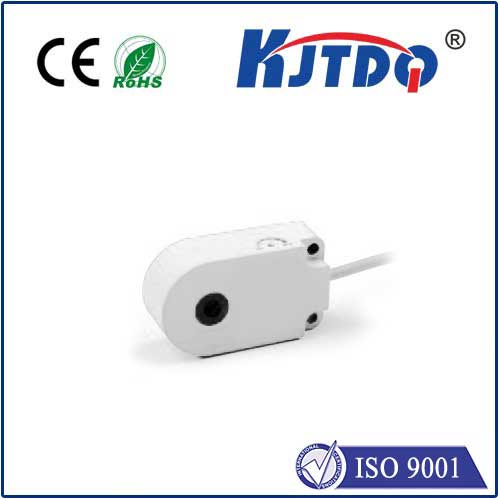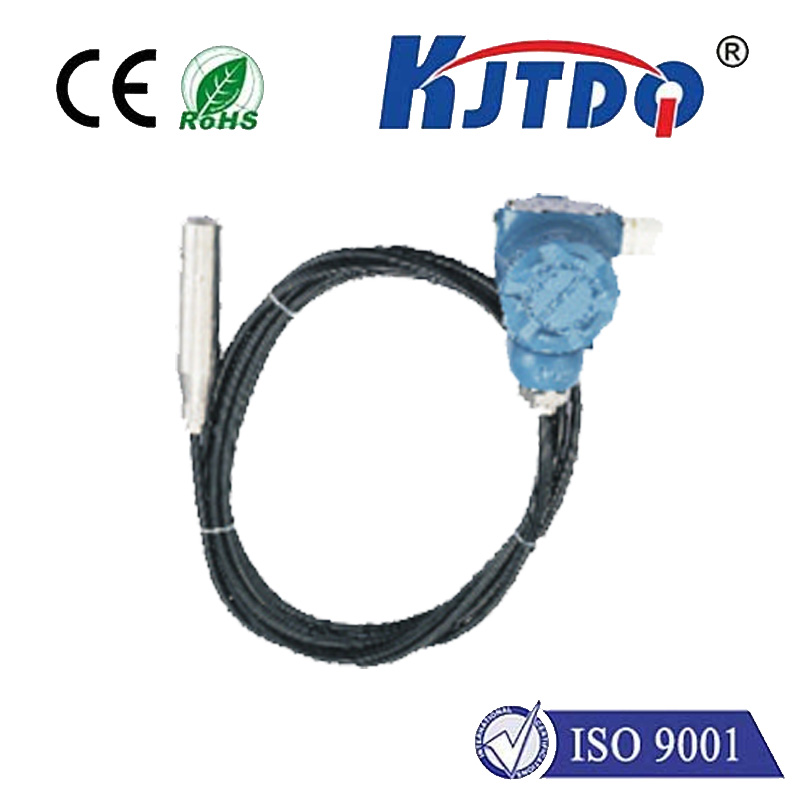pin diode limiter
- time:2025-07-31 04:42:28
- Нажмите:0
The PIN Diode Limiter: Your Frontline Defense Against RF Overload
Ever powered up a sensitive radar receiver only to watch it succumb to a stray, high-power signal? Or felt the frustration of a communication system crippled by unexpected interference? Protecting delicate electronic components from damaging power surges isn’t just good practice; it’s essential for reliability and longevity. Enter the unsung hero of RF protection: the PIN Diode Limiter. This ingenious device acts as an electronic gatekeeper, standing guard at the input of vulnerable circuits, sacrificing itself to absorb potentially destructive energy before it reaches expensive amplifiers and mixers. Understanding how these limiters work and where they excel is crucial for any engineer designing robust RF systems.
The Problem: Receiver Vulnerability in the Real World
Radio Frequency (RF) and microwave systems face constant threats. A powerful nearby transmitter, a radar pulse bouncing off a nearby structure, electromagnetic interference (EMI), or even an internal fault can unleash an energy surge far exceeding the damage threshold of sensitive front-end components like Low-Noise Amplifiers (LNAs). These surges can cause temporary desensitization, permanent damage altering component characteristics, or catastrophic failure. The result? System downtime, costly repairs, and compromised performance.
The Solution: RF Limiters - The Circuit Guardians
RF limiters are specifically designed circuits tasked with one critical mission: detect incoming signals exceeding a safe level and instantaneously attenuate them to a manageable amplitude, all while introducing minimal loss during normal, low-power operation. Think of them as pressure relief valves or surge protectors for your RF signals. Among the various limiter technologies (such as ferrite or gas tube), the PIN diode-based limiter reigns supreme for many high-frequency applications due to its unique blend of speed, performance, and integration capability.

Why PIN Diodes? Unlocking the “I” Layer Advantage
Standard PN junction diodes struggle as effective RF limiters. Their relatively slow switching speed and limited power handling at microwave frequencies are significant drawbacks. This is where the PIN diode shines, thanks to its specialized structure:
- The Intrinsic Layer (“I” Layer): Sandwiched between the standard P-type and N-type semiconductor regions is a layer of intrinsic (undoped, or very lightly doped) semiconductor material. This layer is the key.
- Reverse Bias Operation: Under normal low-signal conditions (reverse bias), the thick I-layer depletes carriers, creating a high resistance state. Signals pass through with very low insertion loss, crucial for maintaining system sensitivity.
- Forward Bias Triggering: When incident RF power exceeds a predefined threshold, the RF voltage drives the PIN diode into forward conduction during the positive half-cycles of the signal.
- Carrier Storage & Conductivity Modulation: Forward conduction injects charge carriers (electrons and holes) into the I-layer. Crucially, these carriers do not recombine instantly. Carrier lifetime is significantly longer than the period of typical RF signals. This stored charge dramatically increases the conductivity of the I-layer, turning the PIN diode into a low-resistance state.
- Instantaneous Attenuation: This low-resistance state effectively shunts the excess RF power to ground or reflects it, providing strong attenuation (often 20 dB or more) for the duration of the high-power pulse or signal. The limiter acts within nanoseconds.
- Self-Recovery: Once the high-power signal ceases, the stored carriers in the I-layer gradually recombine (over microseconds, depending on diode design and lifetime). The diode automatically returns to its high-impedance, low-loss state, ready for normal operation.
Key Advantages of PIN Diode Limiters
This unique mechanism grants PIN diode limiters several compelling benefits:
- High Speed: Activation and recovery times are extremely fast, making them ideal for protecting against sharp pulses common in radar and pulsed communication systems.
- Low Insertion Loss: In the “off” state, attenuation is minimal, preserving system noise figure and sensitivity.
- High Power Handling: Capable of absorbing significant transient energy, especially in multi-stage configurations.
- Excellent Linearity (Off-State): Low distortion for signals below the limiting threshold.
- Compact Size & Integration: Easily integrated into MMICs (Monolithic Microwave Integrated Circuits) or module designs.
- Reliability: Solid-state construction offers long operational life when operated within specifications.
How PIN Diode Limiters are Constructed
A basic single-stage PIN diode limiter architecture involves:
- The PIN Diode(s): The core element.
- DC Blocking Capacitors: Prevent DC bias from affecting the signal path while passing RF.
- RF Choke (Inductor): Provides a DC path to bias the diode while blocking RF from the bias supply.
- Bias Circuitry: Often a simple resistor to ground. Under normal conditions, the diode is reverse-biased via the resistor. When high RF power forward biases the diode, the resistor helps set the limiting threshold and dissipation characteristics. Some advanced designs use active bias control for optimized performance.
- Matching Networks: Ensure low insertion loss by matching the diode’s impedance to the system impedance (typically 50 ohms).
For higher power handling or improved flat leakage characteristics, multi-stage limiters are common. These often employ a “staggered threshold” approach: a first stage with a higher threshold diode handles the brunt of large signals, followed by a second stage with a lower threshold diode to clamp the leakage from the first stage to a very safe level.
Critical Performance Parameters
When selecting a PIN diode limiter, engineers focus on:
- Threshold (Trigger) Power (Pth): The input power level where limiting action begins.
- Flat Leakage Power: The maximum power level passed to the protected device during limiting. This is vital protection level.
- Insertion Loss: The signal attenuation at power levels below Pth.
- Recovery Time: The time taken to return to normal low-loss operation after the high-power signal is removed.
- Frequency Range: Bandwidth over which the limiter performs effectively.
- Power Handling Capability: The maximum incident power (peak and average) the limiter can withstand without damage.
- VSWR: Voltage Standing Wave Ratio, indicating how well the limiter matches the system impedance in both states.
Where PIN Diode Limiters Excel: Applications
Their unique capabilities make PIN diode limiters indispensable across numerous fields:
- Radar Systems: Protecting sensitive receivers from powerful transmitted pulses reflecting off close objects (“main bang” or “ring-around” effects).
- Electronic Warfare (EW) / Signal Intelligence (SIGINT): Shielding receivers operating in dense, unpredictable signal environments.
- Communication Systems (Cellular, Microwave Links, SATCOM): Guarding base station receivers against overload from nearby transmitters or interference.
- Test & Measurement Equipment: Protecting expensive spectrum analyzers and network analyzers from accidental overload.
- Avionics & Navigation Systems: Ensuring reliable operation in complex RF environments.
- Medical Imaging (MRI): Protecting receivers from RF pulses.
Essentially, anywhere a sensitive receiver operates alongside high-power transmitters or in potentially hostile RF environments, a PIN diode limiter is a critical safeguarding component. It’s the frontline defense, ensuring signals are heard clearly without the risk of catastrophic damage. The elegance of its design lies in its simplicity and effectiveness, leveraging the fundamental physics of the PIN diode to provide robust protection at lightning speed.

